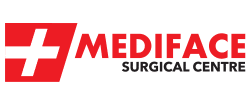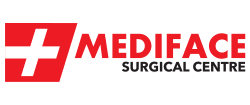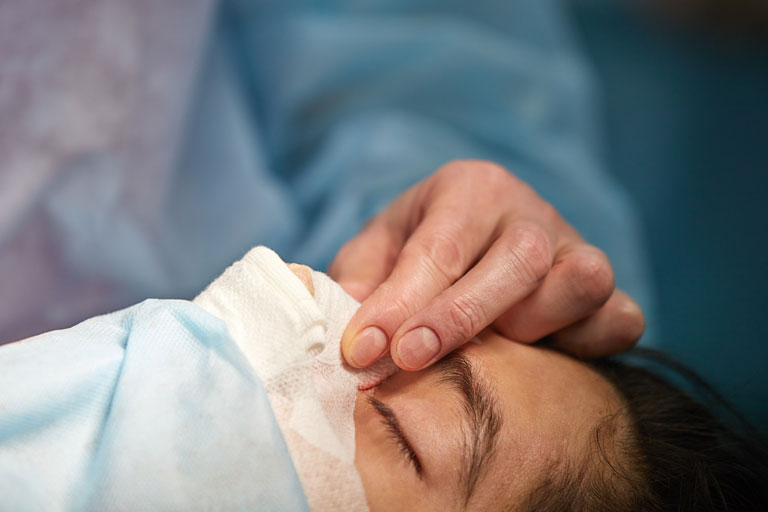NASAL CHARACTERISTICS
Ethnic nose job, ethnic rhinoplasty in other words, is an operation designed differently for each individual. Actually, all rhinoplasty operations are ethnic rhinoplasty operations. It means that face proportions, skin type and nose shape are planned and made according to the individual’s race structure because each and every person has unique aesthetic features. Not every member of a specific race shares the same features but there are some who would like to undergo a plastic surgery to change these common features. Rhinoplasty is a popular treatment among those with a wide nose structure due to its ethnic characteristics. Many patients of African and Asian descent are considering rhinoplasty to reduce the width of the nostrils from one end to the other.
The term ethnic includes rhinoplasty surgeries performed for African, Far Eastern, Pacific and Caribbean populations with softer nasal contours. Different ethnicities of individuals cause different characteristic structures in their noses. Surgical intervention to be performed due to these ethnic changes will also vary.
In ethnic rhinoplasty surgery, reshaping and remodeling are performed with cartilage reduction or augmentation applications. Nose structure can be clarified and/or contoured with added cartilage grafts. The technique widely used in ethnic rhinoplasty involves enlarging the nasal dorsum with cartilage grafts, lengthening the nose and making the tip of the nose clear. It is necessary to add narrowing the base of the nose to these applications, when needed.
From generation to generation Europeans have facial phenotypes and nasal characteristics belonging to their own ethnocultural, mixed, and geographical features. To give a narrow example, Scandinavians (Vikings, Danish, Swedes, Norwegians, etc.) with white skin and colored eyes and hair from northern Europe are tall, have light-colored eyes, straight hair, freckled skin, thin-skinned nose, and the nose tip is upfront, thin and prominent.
In African descent people, the hair is curly, the nostrils are wide, the nasal skin is thick, the nose tip is coarse and flattened, while in the Far Eastern people, with the old term yellow-skinned, are short and noses are also short, wide boned and flattened. Another facial and nasal phenotype evaluation criterion is another relatively new classification based on geographic characteristics, not race.
An example of facial/nose/skin phenotype evaluations prioritizing this approach is that the people from the Black Sea region of Turkey have noses that are hard, sharp, arched, and long, just like their geographies.

Rhinoplasty for Asian Noses
Asian rhinoplasty patients usually have a flat nose profile, thin bridge, and a round nose tip. Asian patients have a natural enlargement procedure with silicone or cartilage and tissue graft to enlarge the bridge of the nose. Like African American noses, the key action in Asians’ noses is not to shrink the nostrils too much, not to lift the tip of the nose too much, and not to stretch the nasal bridge too much.
Rhinoplasty for Middle Eastern Noses
Middle Eastern rhinoplasty patients (Iranians, Armenians, Arabs etc.) look for different solutions depending on their own ethnicity. Commonly, people from Middle East have big noses with a round and low nose tip. The key for the success of the rhinoplasty that is performed to the patients who are members of this ethnic group is to balance between eyes, lips, chin, eyebrows, and the nose that is the center of the triangle of facial beauty. What is important here is not to shrink the nasal arch too much or lift the tip too much because it causes an unusual and ethnic unbalanced look. It is important to shape the nose tip individually, because when the arch is reduced, the tip of the nose will become the focus.
Rhinoplasty for African-American Noses
Most African Americans have a low nasal bridge, wide nostrils and thick nasal skin. This fatty tissue is present with weak or thin cartilage at the tip of the nose and gives the nose a rounded or swollen appearance. An African-American rhinoplasty treatment plan should include augmenting the bridge of the nose and reshaping the tip of the nose with a cartilage graft. The most preferred approach is to augment the African American nasal bridge with cartilage taken from the septum and ears. Rib cartilages are rarely used in primary rhinoplasty.
Rhinoplasty for Anglo-Caucasian Noses
The aim of most of the Caucasian rhinoplasty surgeries is to fix the nasal hump, make the nose smaller, and reshape the nose tip. Nasal skin is usually more elastic and retractile compared to other ethnic groups. Thin nasal skin means limited amount of grafts and requires much more softening of them to prevent unwanted looks. Thin skin is a good material for a skilled surgeon to work on; however, in the hands of an inexperienced surgeon, it may cause unwanted and undesired results. This can make the sharp cartilage and bony edges of the “finger joints” appear in thin joints, resulting in an artificial appearance. If the surgeon is not careful, an articulated appearance with sharp cartilage and bony protrusions along the skin may occur.
Rhinoplasty for Hispanic Noses
Most of the Hispanic rhinoplasty patients have thick nasal skin and meaty nose tip. And it is just the tip of the iceberg and each patient has many different nuances in their noses. Some Hispanic patients have a more similar wide and arched nose structure like their Hispanic origins. Most Latin patients come from the more southern regions or the Caribbean, and these areas have a flat nasal tip and nostrils with a wide nose and a broad nasal bridge. Similarly, for African Americans, the most common procedures are the ones that require cartilage support, such as nostril shaping/narrowing, and lengthening the dorsum.
In Mediface Surgical Centre Antalya, we work with one of the best surgeons in this field: Dr Hadi Nural, MD. He is well known across Europe with his 30 years of experience. He has been a speaker in many different congresses, conferences, and panels in different countries such as Italy, France, the USA (rhinoplasty nyc), China etc. For more information about Dr Nural, you can read his biography on our website.






